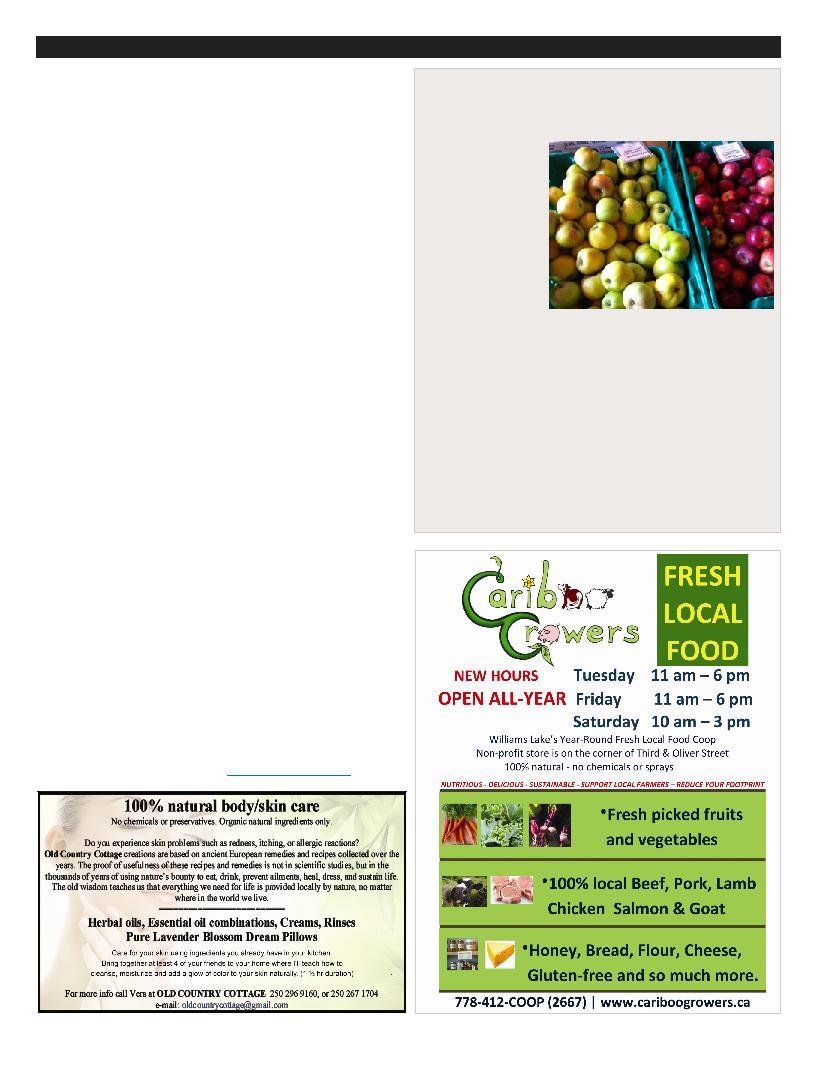
ing uncontrollably and causing
headaches. One such plant is
Burdock (Arctium l.) Its huge
taken and once they settle in, they multiply
and take over. We cannot get rid of them
fast enough.
more plants and herbs that have "invaded"
our land and are causing "trouble," such as
Dandelion, St. John's Wort, and Comfrey
to name a few. If we consider the idea that
no plant exists which doesn't have a pur-
pose, then we have to understand that na-
ture doesn't make mistakes.
amount of space given to Burdock and its
use in folk remedies. There are so many
books explaining scientifically how natural
remedies work, bringing more rules about
how nature should be used for our benefit
and safety.
herb by laypeople who didn't have access
to any of these scientific studies hundreds
or even thousands of years ago. The proof
of the usefulness of these recipes and reme-
dies is in the use of herbs over the millen-
nia. The old wisdom teaches us that any-
thing people need for life is provided lo-
cally by nature, no matter where in the
world they live.
as the Roman Empire.
mixed with natural honey. This mixture
was placed on painful joints of the foot,
ankles, or toes, wrapped, and placed in a
thick sock overnight. Another similar rem-
edy calls for two Burdock leaves with
freshly ground or chopped Stinging nettle
leaves placed in-between. This "sandwich"
was put on top of broken bones and joints,
including the hip, and changed every hour.
It also worked on bruises, torn ligaments,
and painful joints, where the compress was
speed healing and release the pain.
There is information about locating an in-
flammation in the body using Burdock
leaves. The whole body is covered with
leaves by placing the top side of the leaf on
the body, tightly wrapped and secured with
an elastic bandage, scarf, or any long cloth,
and left for about four hours or overnight.
After the time had passed, the leaves were
removed one by one and carefully exam-
ined for discoloration, which would signal
an inflammation in the body.
cinnamon colour, there was an inflamma-
tion, or maybe even an infection. The dis-
coloration could have been just a spot on a
part of the leaf, or the whole leave might
have changed to signal a problem. A new
leaf or a few on top of each other were then
placed on the spot where the problem was,
secured with a bandage, and changed every
24 hours. The pain and discomfort were
eased after the first 10 minutes and contin-
ued to subside.
leaves--they were also placed on the lower
abdomen to help with bladder problems,
ovaries, uterus, appendix, stomach, liver,
gallbladder, neck, or even the head.
textbooks. These ancient remedies are
teaching us about nature and about life
lived in harmony with nature. Herbs and
plants simply come to us and instead of
screaming, "Take me, you need me," they
grow uncontrollably to be noticed.
Disclaimer: This information is for educa-
tional purposes only. It is not to diagnose
or treat any health issues. Any use of these
remedies is an individual's responsibility.
Translated from Czech and Slovak old
remedies and recipes by Vera Lehar Old
Country Cottage.
Note: you can find local food on Saturdays at Cariboo Growers from 10 a.m. to
3 p.m. all-year long.
Cariboo Growers is not only a
store downtown that sells lo-
cal food all year. It is the first
of its kind in the City of Wil-
liams Lake. The store is a not-
for-profit co-operative owned
by local farmers and ranchers.
The community project took
years of dedication, volunteer
hours, in-kind donations, and
planning to open Cariboo
Growers just over three years
ago. Why shop at the Co-op?
Low Ecological Footprint The food at the Co-op almost always carpools to town
reducing the need for extra shipping. This also means your produce is fresh-picked
when you buy it.
Organic & Sustainable The Co-op ensures that all fruit and vegetables have been
grown without the use of chemicals and are non-GMO, and ranchers who sell at the
Coop do not treat their animals with hormones or antibiotics.
Support the Local Economy Your local dollars stay local. Fair pricing for farmers
and ranchers, combined with being not-for-profit, means that for every dollar spent
at the Coop, $0.75 goes directly to the producer, not the store. You are also able to
support many farmers at once because they are under one roof.
The Co-op is open all year long at the corner of 3
the Coop!